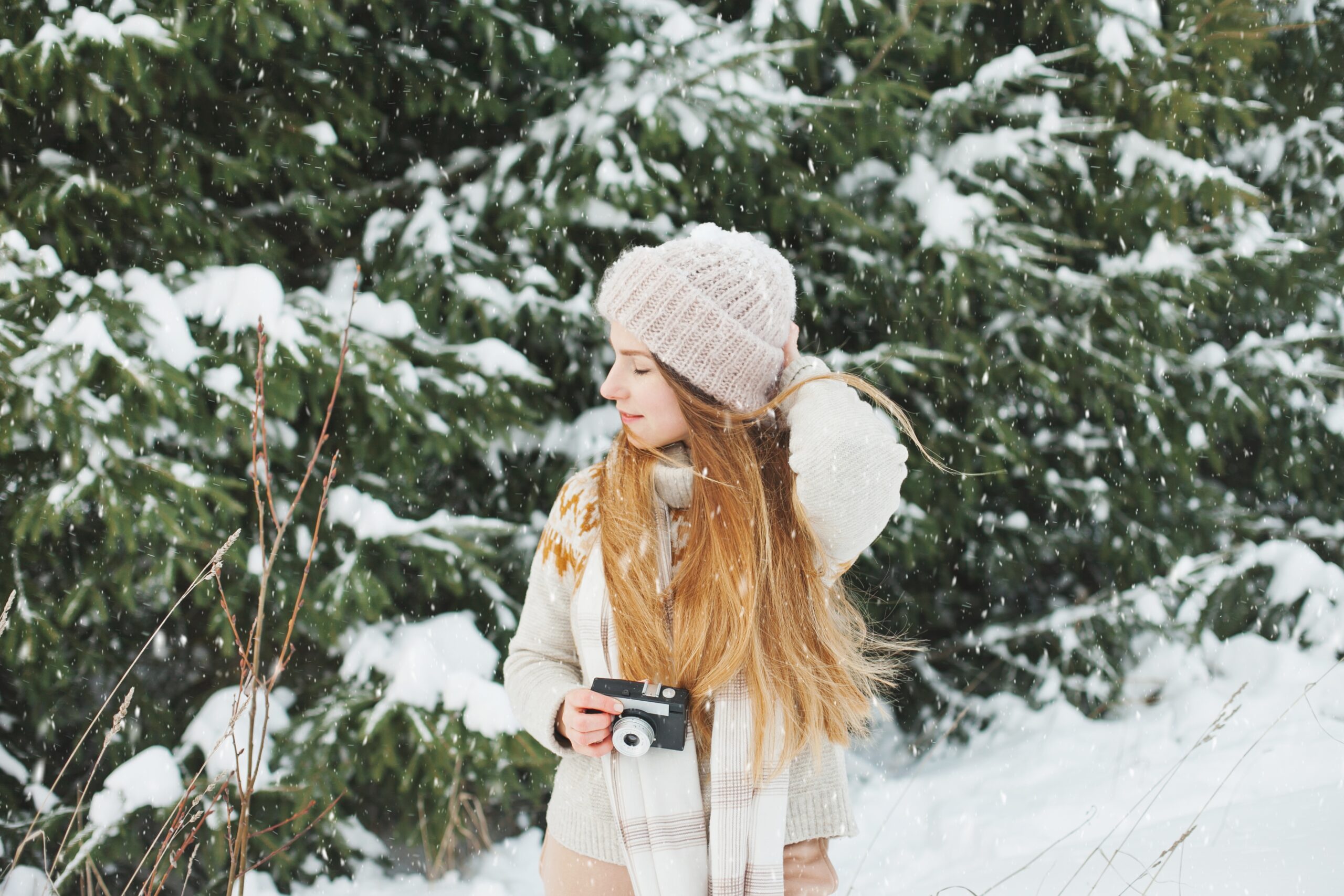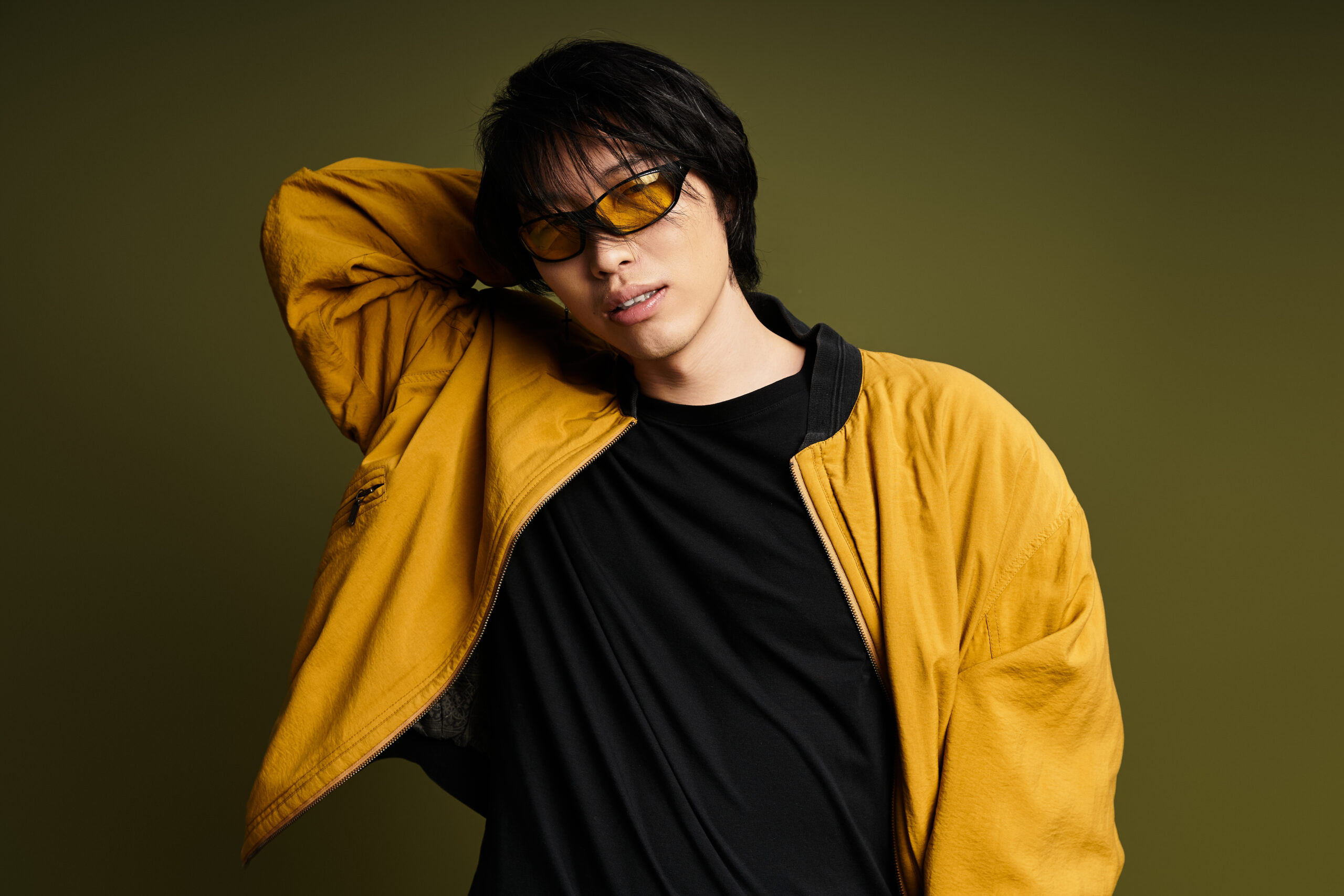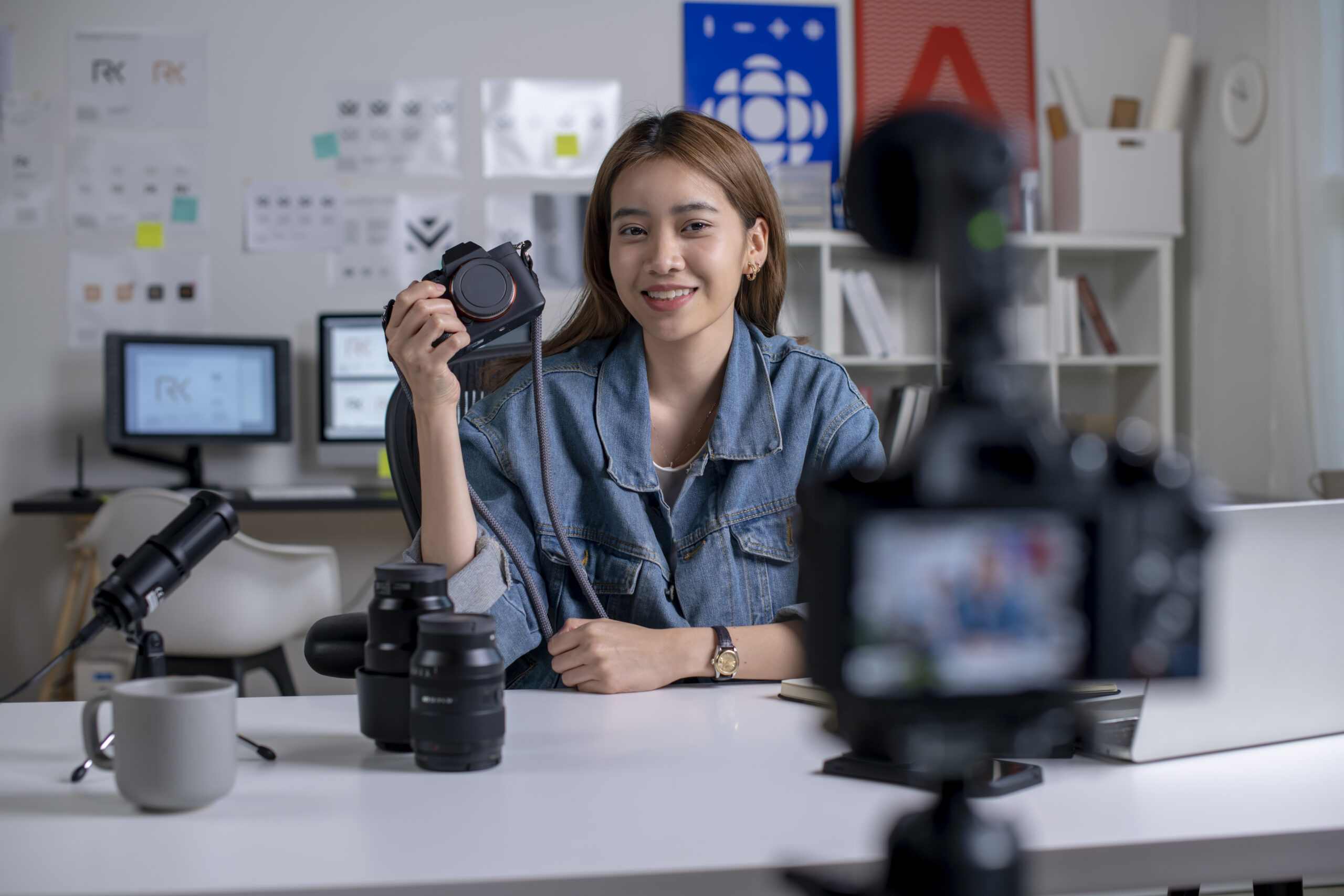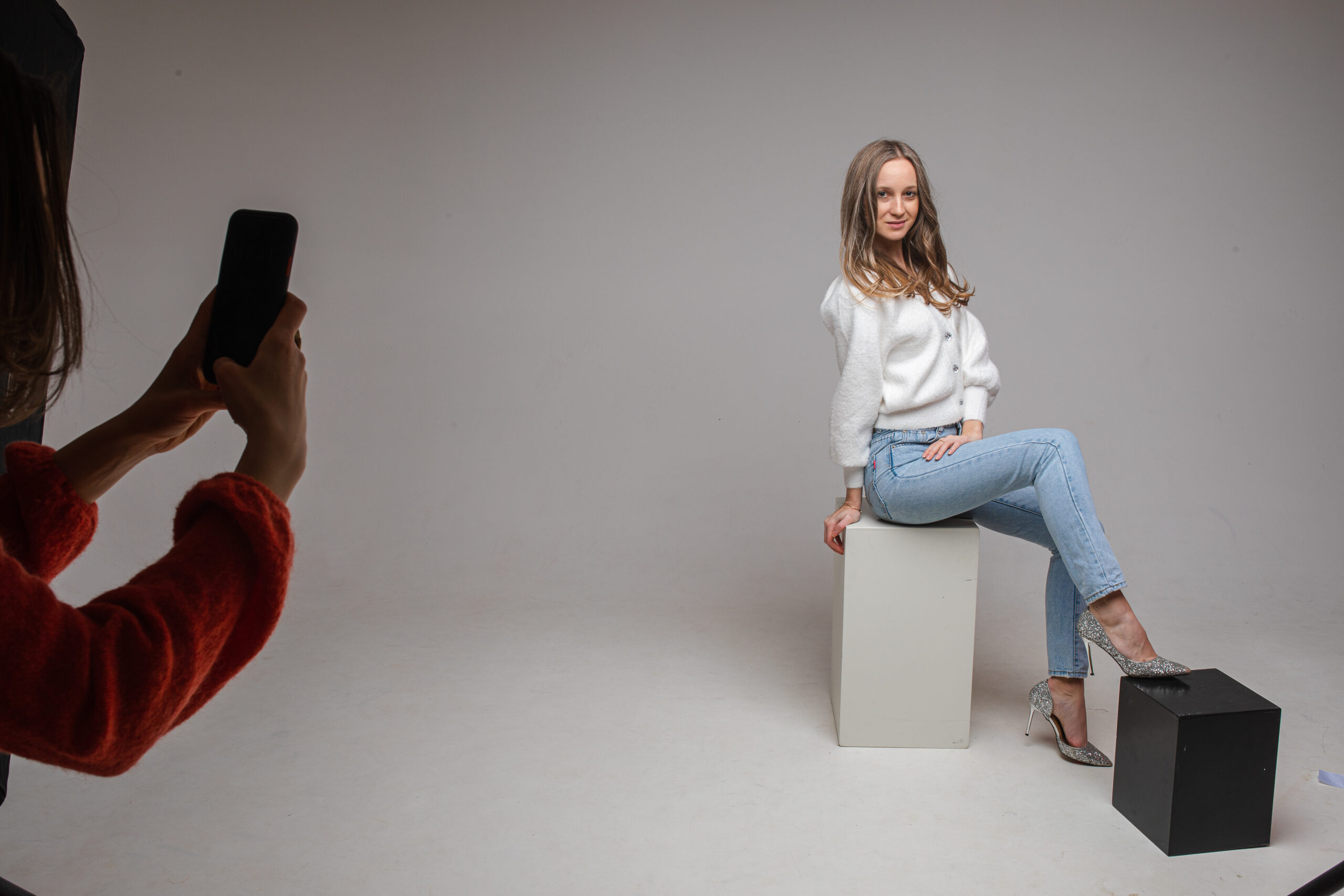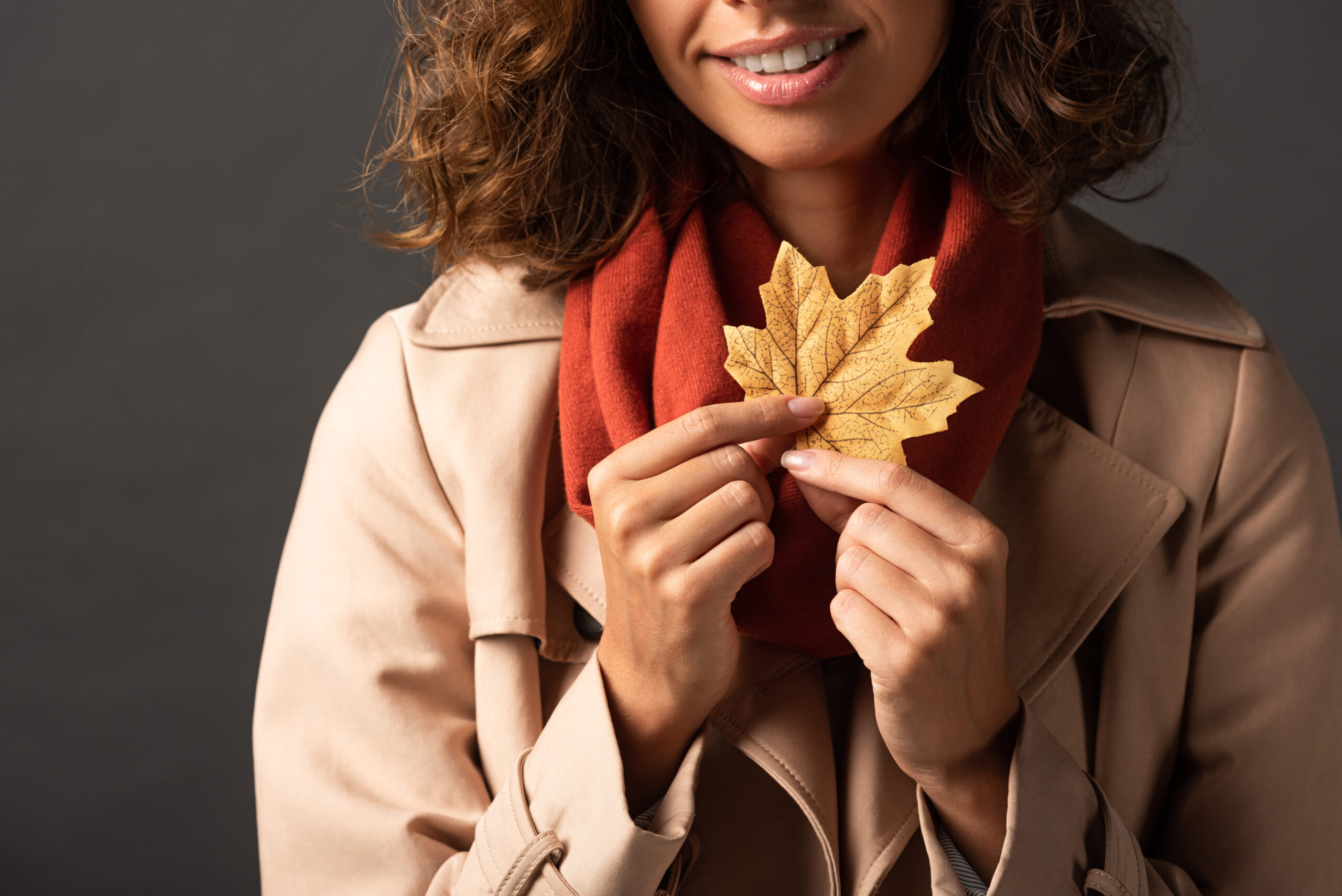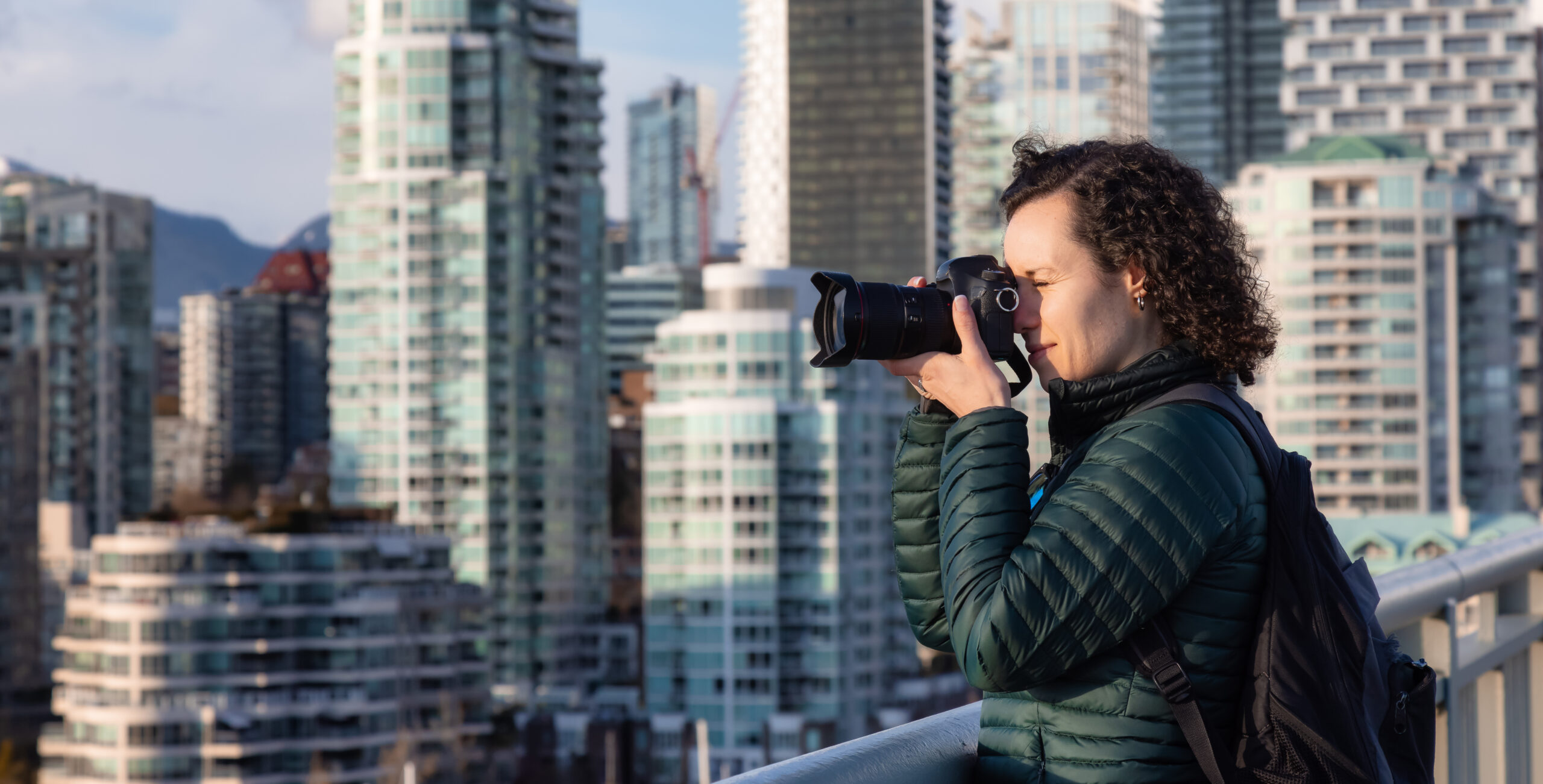The Canadian winter offers a breathtaking backdrop, turning familiar landscapes into magical, snow-covered scenes. This pristine beauty presents a unique opportunity for stunning photography, whether for a personal brand, a special occasion, or simply capturing the season’s charm. However, shooting in the cold requires more than just a good eye; it demands preparation and know-how.
At Lens Be Honest, we’re passionate about capturing authentic stories in every environment. We’ve braved the cold to bring you our essential winter photoshoot tips Canada, ensuring your session is not only successful but also comfortable and safe. This guide will walk you through everything from protecting your gear to choosing the perfect outfits, so you can focus on creating beautiful images.
Preparing Your Gear for the Cold
Cold temperatures can be harsh on camera equipment. Batteries drain faster, lenses can fog up, and sensitive electronics can become sluggish. Proper preparation is key to avoiding technical issues and keeping your shoot running smoothly.
Battery Management
Your camera’s lithium-ion batteries will lose power much more quickly in the cold. A battery that lasts for hours in mild weather might die in under an hour when temperatures drop below freezing.
- Bring Extras: Always carry at least two or three fully charged spare batteries.
- Keep Them Warm: Store your spare batteries in an insulated pocket close to your body, like an inner jacket pocket. The warmth from your body will help them retain their charge.
- Swap Strategically: When the battery in your camera starts to fade, swap it with a warm one from your pocket. Place the cold battery in the warm pocket to help it recover some charge for later use.
Protecting Your Camera and Lenses
Drastic temperature changes can cause condensation to form inside your camera body and lenses, which can lead to moisture damage. This often happens when you bring cold gear into a warm car or building.
- Acclimatize Your Gear: Before heading back indoors, place your camera and lenses in a sealed plastic bag. This allows the equipment to warm up gradually, causing condensation to form on the outside of the bag instead of inside your gear. Leave it in the bag for an hour or two until it reaches room temperature.
- Use Lens Hoods: A lens hood not only prevents glare but also protects the front element of your lens from falling snow or sleet, keeping it dry and clear for your shots.
- Avoid Breathing on Your Lens: Your warm breath will instantly fog up a cold lens. If you need to clean it, use a microfiber cloth.
Choosing the Right Winter Photography Outfits
What you wear is just as important as the gear you bring. Staying warm and comfortable is crucial for a successful and enjoyable shoot. Layering is the most effective strategy for managing your body temperature. This approach allows you to add or remove clothing as your activity level changes.
The Art of Layering
Your choice of winter photography outfits should balance warmth, comfort, and style.
- Base Layer: Start with a moisture-wicking base layer made of merino wool or synthetic fabric. These materials pull sweat away from your skin, keeping you dry and warm. Avoid cotton, as it holds moisture and will make you feel colder.
- Mid Layer: Add an insulating mid-layer, such as a fleece jacket or a down vest. This layer is designed to trap body heat.
- Outer Layer: Your outermost layer should be waterproof and windproof. A quality winter parka or shell jacket will protect you from snow, wind, and rain, keeping your inner layers dry.
Essential Accessories
Don’t forget about your extremities. Your hands, feet, and head are most susceptible to the cold.
- Gloves: Invest in photographer-friendly gloves that offer both warmth and dexterity. Look for options with removable fingertips or thin, tactile materials that allow you to operate your camera controls.
- Footwear: Wear insulated, waterproof boots with good traction. Pair them with warm wool socks to keep your feet dry and comfortable. Cold feet can cut a photoshoot short very quickly.
- Hats and Scarves: A warm hat is essential for preventing heat loss. A scarf or neck gaiter can be pulled up to protect your face from biting winds.
Creative Cold Weather Photoshoot Ideas
A Canadian winter landscape is a blank canvas. The soft, diffused light and snowy scenery open up a world of creative possibilities. Here are some cold weather photoshoot ideas to inspire your next session.
- Golden Hour Glow: The “golden hour”—the period shortly after sunrise or before sunset—is even more magical in winter. The low-angled sun casts a warm, golden light on the snow, creating a beautiful contrast and soft shadows.
- Capture the Snowfall: Don’t be afraid to shoot while it’s snowing. Use a fast shutter speed to freeze snowflakes in mid-air for a crisp, detailed look. Alternatively, use a slower shutter speed to create motion blur, showing the graceful movement of falling snow.
- Play with Pops of Color: The winter landscape is often monochromatic, with shades of white, gray, and brown. Introduce a vibrant pop of color with your subject’s clothing—like a bright red coat or a colorful scarf—to create a striking focal point.
- Incorporate Winter Activities: Authentic moments often make the best photos. Capture subjects skating, building a snowman, or sipping hot cocoa around a fire pit. These actions add a sense of story and life to your images. Our team at Lens Be Honest loves capturing these natural interactions during brand and event photoshoots.
The Ultimate Canadian Winter Shoot Guide: Final Checks
Before you head out, run through this final checklist. This Canadian winter shoot guide ensures you have everything covered for a seamless experience.
- Check the Weather: Use an app like The Weather Network to check the forecast, including temperature, wind chill, and expected snowfall.
- Scout Your Location: If possible, visit your location beforehand to find the best spots and check for potential hazards like deep snow or icy patches.
- Communicate with Your Subject: Make sure your client or model knows what to expect and how to dress. Advise them to bring hand warmers and a thermos of a hot beverage.
- Plan Your Shots: Have a clear idea of the shots you want to capture. Working efficiently is key when the temperatures are low.
Winter photography in Canada can be incredibly rewarding. The season offers a unique beauty that can elevate your portfolio and create unforgettable memories. By following these winter photoshoot tips Canada, you’ll be well-prepared to face the elements and capture breathtaking images. The team at Lens Be Honest is always ready to help you tell your story, no matter the season. If you’re planning a project, check out our services for Brands and Events.
Frequently Asked Questions
How do I keep my hands warm during a winter photoshoot?
Wear layered gloves—a thin liner for dexterity and a warmer mitten over top—and use disposable hand warmers.
What is the best time of day for a winter photoshoot?
Golden hour, just after sunrise or before sunset, provides the most beautiful, soft, and warm light.
How do I prevent my camera lens from fogging up?
Acclimatize your gear by placing it in a sealed bag before bringing it indoors from the cold.
What should I wear for a winter photoshoot in Canada?
Dress in moisture-wicking base layers, an insulating mid-layer like fleece, and a waterproof, windproof outer jacket.
Can my camera battery die in the cold?
Yes, cold drains batteries quickly, so keep fully charged spares in a warm pocket close to your body.

